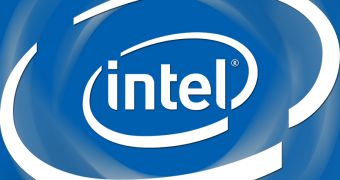The Intel central processing unit (CPU) we will talk about here has already shown up in the technical specifications of two notebooks, one from Dell and one from Lenovo.
The laptops in question are called Lenovo IdeaPad S300 and Dell Inspiron 13z. They are the types that aim to serve customers not interested in playing games but who like their notebooks light and slim.
The CPU found in their specs is called Pentium 997 and will be released in the fourth quarter of the year.
It has two x86 cores (each working at 1,600 MHz), a cache memory (L3) of 2 MB and integrated HD graphics.
There is no Turbo Boost support, which means that the clock speed cannot go any higher when applications could use a boost.
Another feature that is absent is Hyper-Threading, which would make the system “believe” that the CPU has twice the number of cores (logical cores versus physical ones).
There is also the matter of this being a CPU based on the Sandy Bridge micro-architecture, rather than Ivy Bridge.
To sum up, the Pentium 997 is a previous-generation processor, but one with a thermal design power of just 17W and the highest clock speed among Sandy Bridge ULV Pentium units.
Fortunately for those who are particularly careful about what they buy, an Ivy Bridge-based CPU will be released alongside this Pentium 997, with a 200 MHz advantage in terms of clock speed. The price difference should be negligible, but not all laptops are guaranteed to have both up for grabs.
Intel's Pentium line will continue to be faced with AMD's Athlon and Sempron CPUs, so we can already see the signs of a nice competition. After all, AMD is moving its chips forward as well, even designing them with Trinity cores.
Athlon II will be quite a bit faster than the Intel ULV Pentium 997, which could be a particularly large problem for Intel if AMD does what it plans to do with APUs and sells them at a fraction of what they could cost.

 14 DAY TRIAL //
14 DAY TRIAL //